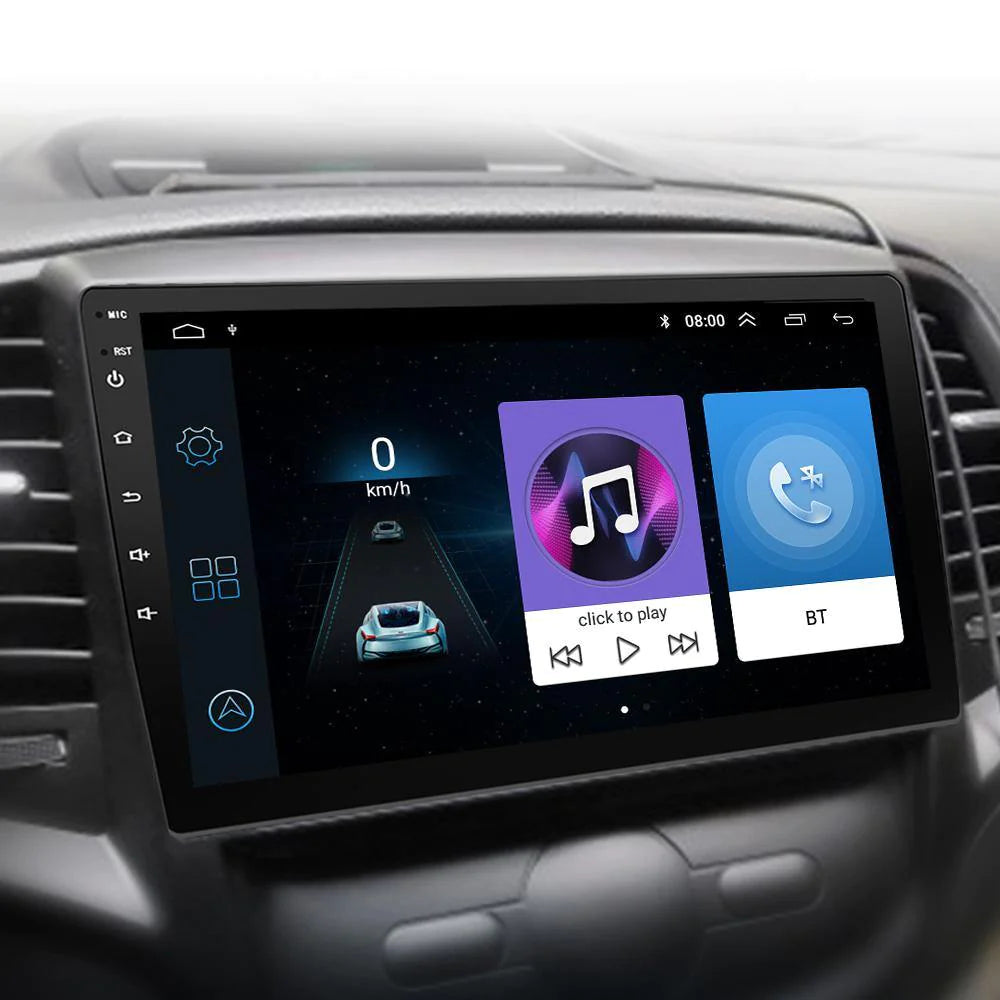The Best Android Car Navigation and Multimedia Upgrades
2 comments
We live in a wonderful era of technical advancement. Its impact may be felt everywhere, from homes and businesses to trains, aircraft, and even bicycles. Surprisingly, it falls short when it comes to automobiles, notably OEM vehicle multimedia and navigation systems. A smart navigation system is a must-have for any...
Apple CarPlay / Android Auto - The Best Driver's Asisstant!
Nowadays, almost everyone owns a smartphone. Some of us can even drive while staying focused on the road. You don't want to be distracted while driving, but you need to use your phone to answer an important call or find the nearest gas station. What if we told you that...
How to Install a Camera, Navigation System in a Car?
We normally shop based on our budget and wants, but occasionally we purchase a more expensive item without fully comprehending its qualities. But why should we pay extra for features that we will never use? If you don't want to overspend, you should know exactly what you need to buy...
Are you concerned about the safety of touchscreen displays?
Customers have expressed concern that touchscreen receivers will be a distraction rather than a benefit. And, hey, we understand it; we're on the road, too. Here are some tips for utilizing them securely (as well as other things you might not have known about): Before you drive, make sure your...
The benefits of installing a touchscreen radio in your vehicle
What is the appeal of touchscreen stereos? This essay will go through the advantages, cool factor, and safety issues of huge stereo screens. Why would you install a huge touchscreen radio in your car? Fantastic aesthetics are a terrific beginning point, but a big screen stereo can provide so much...




